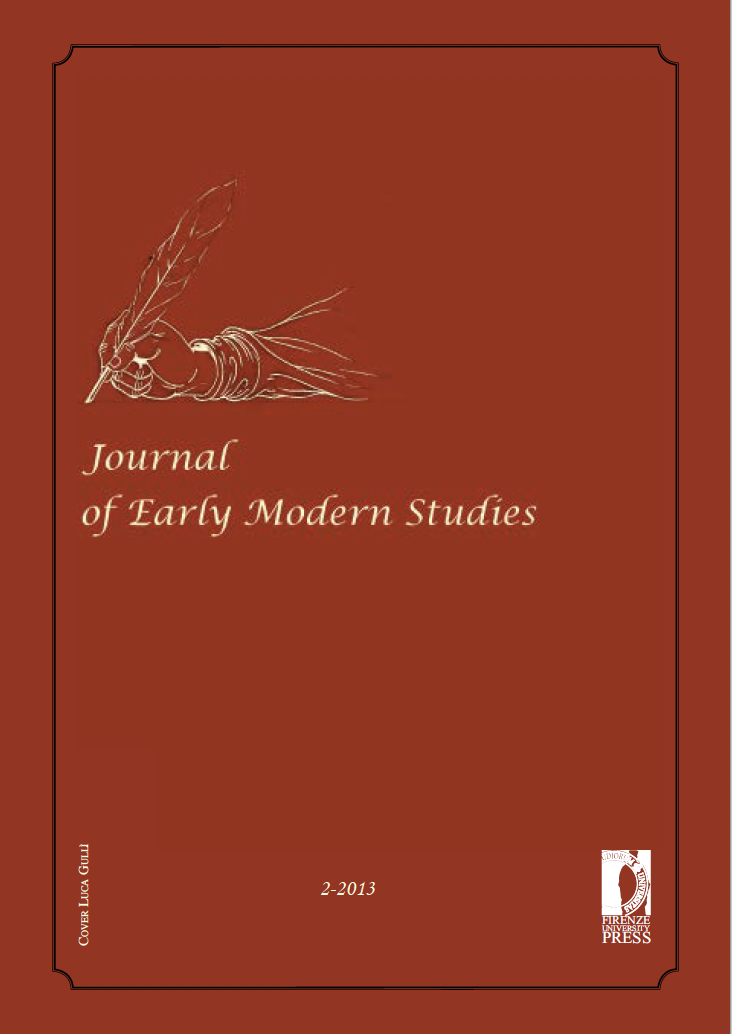Abstract
Fairy tales were a very important part of early modern popular culture. Not only did they provide people with much needed entertainment, they offered a means of exploring one’s most secret dreams and deepest anxieties. Beneath their enchanting exteriors, fairy tales contain certain recurrent emotional situations, which are actually quite primitive in nature. Shakespeare recognised this, and drew on these popular tales in his plays not just for their entertaining storylines, but for their emotional models, too. This allowed him to connect with his audience on an intimate, perhaps subconscious level. In All’s Well That Ends Well, one of the playwright’s most undervalued plays, Shakespeare drew heavily on fairy tales – but on the darker aspects of these stories. Understanding not only why but how Shakespeare used fairy tales as sources offers a new perspective on the play and may help to collapse All’s Well’s ‘unfortunate’ reputation.


